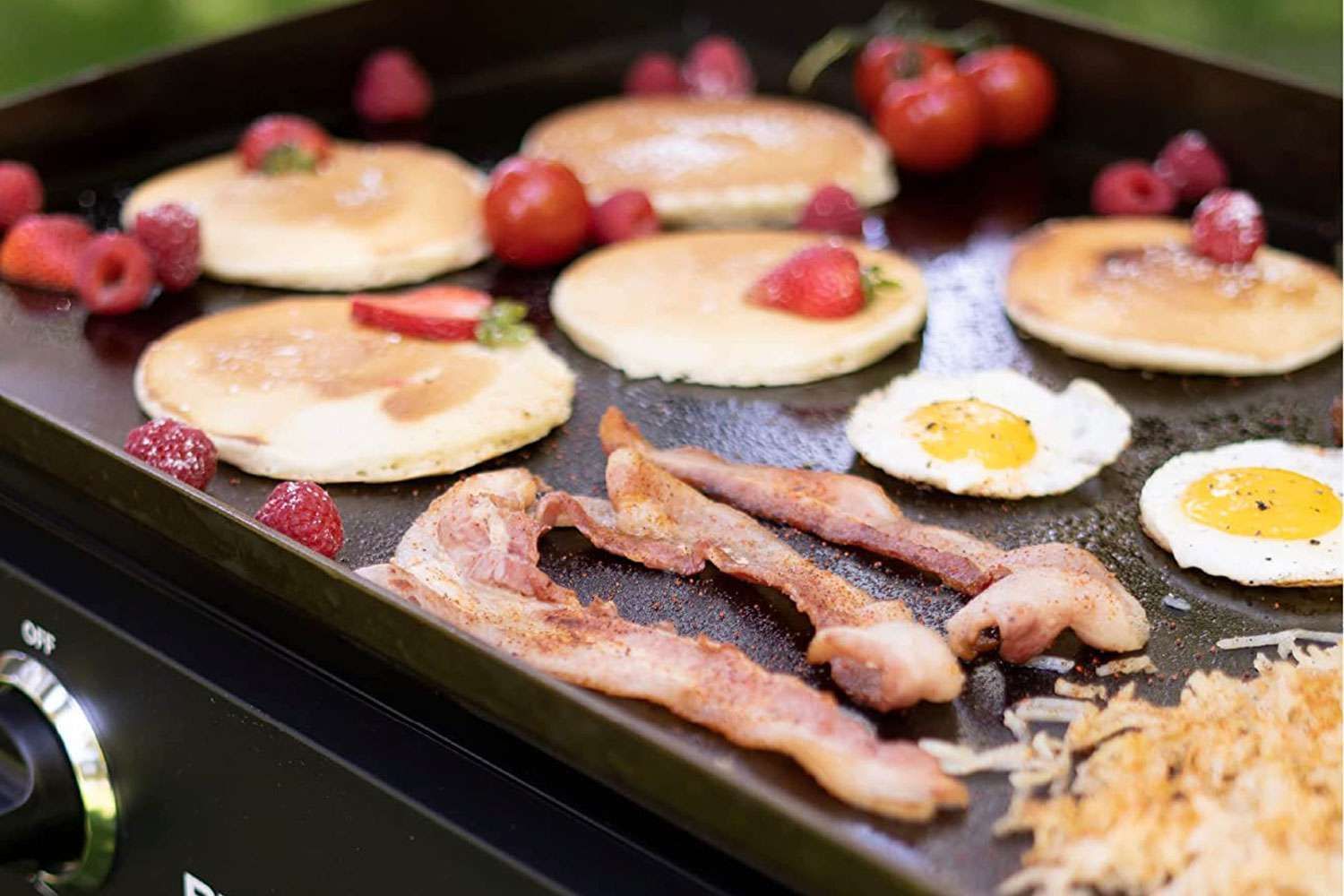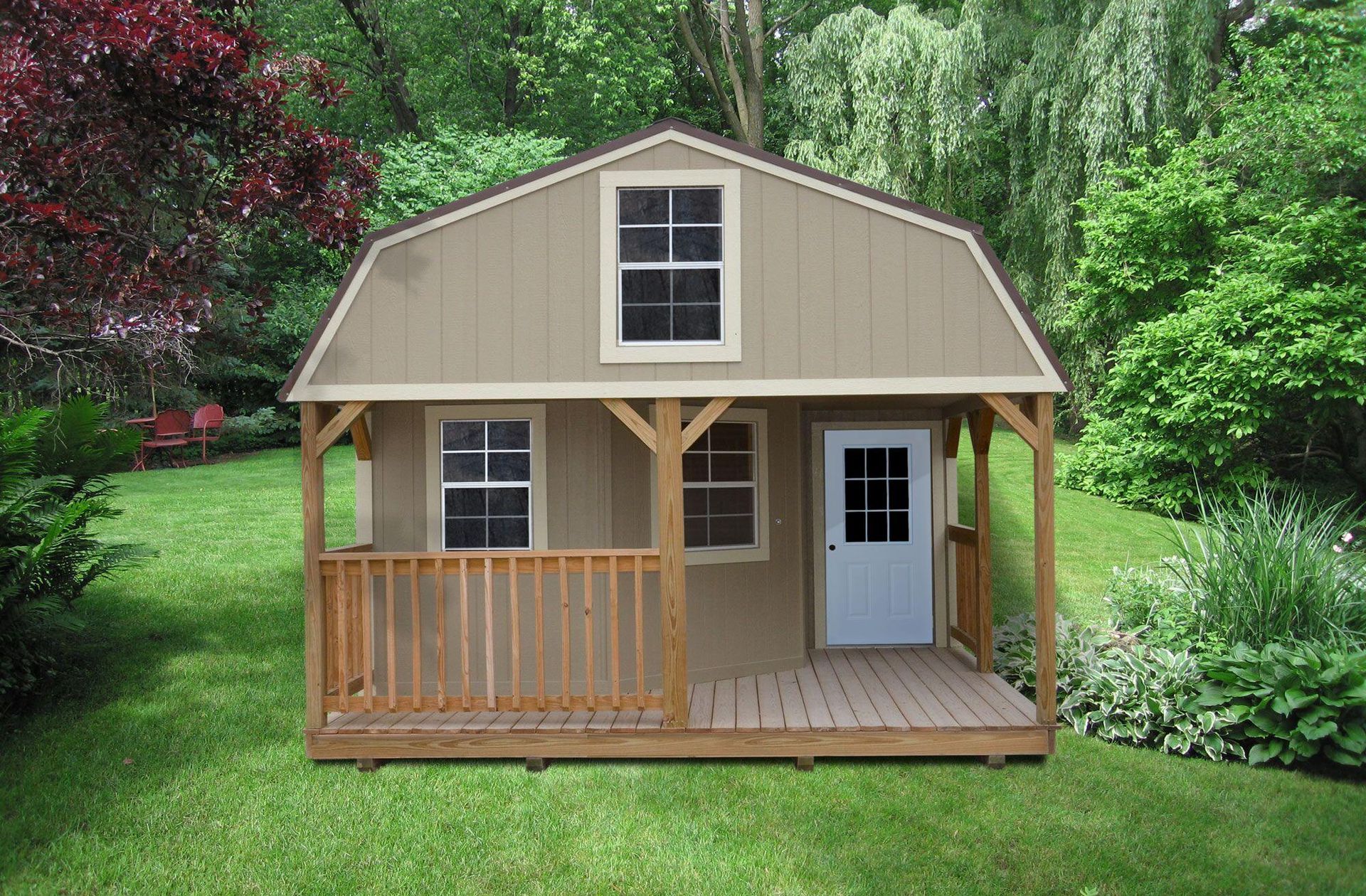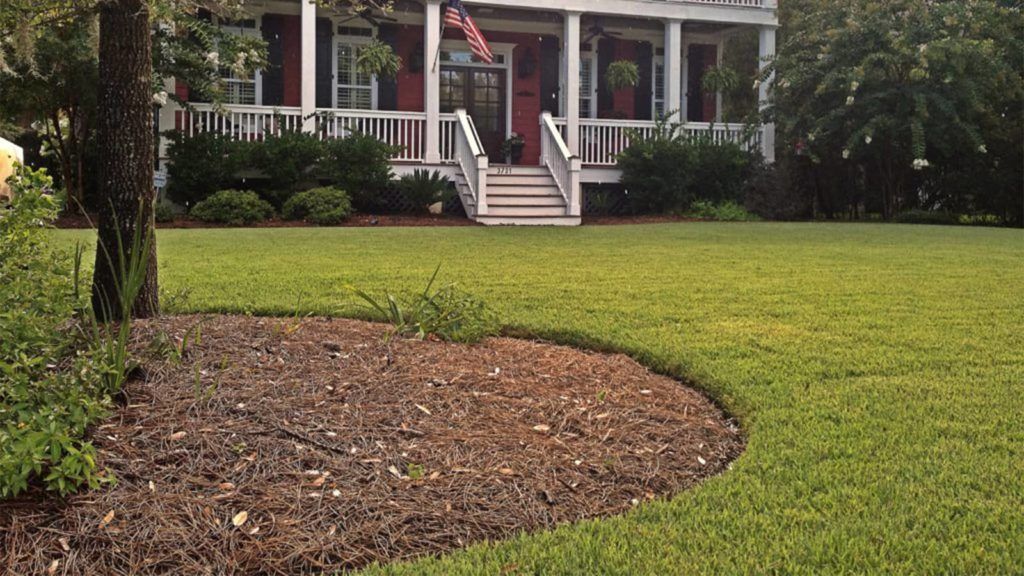Create a Stunning Garden Retreat in Your Own Backyard
You've been bitten by the gardening bug and are eager to create your own backyard oasis. However, knowing where and when to start can be overwhelming. Addressing these key questions will ensure that your garden thrives and yields a bountiful harvest all season long.
Design Before Digging: Planning Your Garden Before Planting
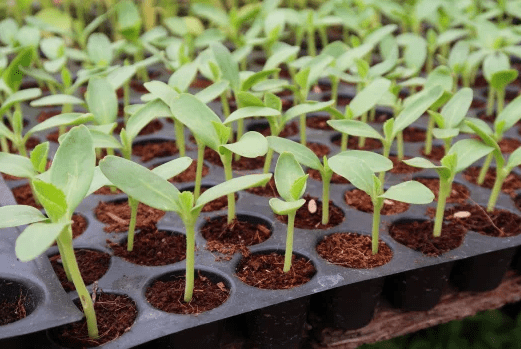
Starting a successful backyard garden requires resisting the urge to hastily dig up your grass and plant seeds. Instead, the first step is to carefully plan every detail of your garden. The second step involves creating a comprehensive plan that includes:
- Research the specific plants you want to grow and understand their individual needs in order to thrive.
- Choose the ideal location for your garden.
- Implement proper garden containment techniques.
- Determine the optimal time to start planting.
As you continue to garden, you will face numerous variables and questions. By developing a solid plan from the beginning, you will be better prepared to address any unexpected challenges that may arise due to the unpredictability of mother nature.
What Plants Are You Excited To Cultivate?
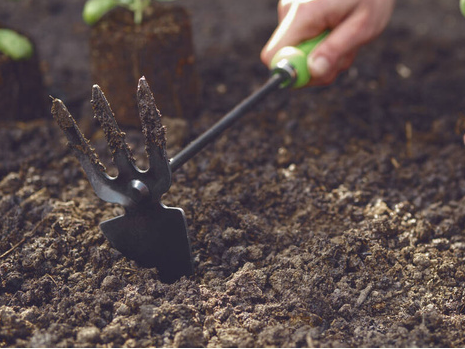
When starting your backyard garden, it's best to focus on planting vegetables that you already love to eat. Incorporating a few new plants can introduce variety and excitement. By prioritizing foods that you enjoy, you'll naturally feel more motivated to nurture your garden and will gain a deeper appreciation for the quality of your harvest. Don't be afraid to experiment with a wide variety of cool- and warm-season veggies, even in a small garden space. This mix of plants can be successively planted and will give you a head start on planning for future growing seasons.
CHOOSING THE IDEAL GARDEN SPOT
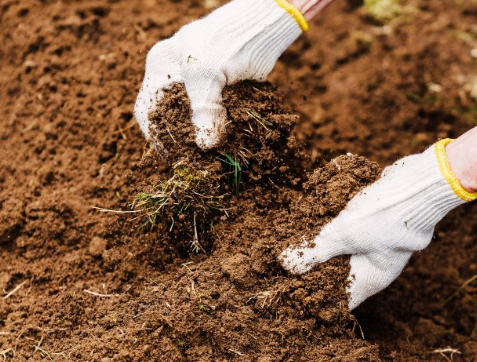
When selecting a location for your garden, it is important to consider several key factors.
1. Light
Sunlight is essential for the success of your garden, but the amount required varies based on the types of plants you are growing. For sun-loving plants such as tomatoes and cucumbers, a minimum of six hours of direct sunlight per day is necessary. While many vegetables thrive in full sun, some like kale, spinach, and certain root vegetables can tolerate partial shade. If faced with a choice between a spot that receives ample sunlight and one with more shade, opt for the sunnier location as it is easier to provide additional shade if needed. Remember, you can always introduce shade cloths to your garden, but increasing sunlight can be a more challenging task.
2. Space
It is advisable to begin with a small plot, even if you have aspirations of running a miniature farm in the future. By starting in a more manageable area, you can prevent your garden from growing out of control and potentially becoming overwhelming. Additionally, starting small ensures that your household is not inundated with an excess of vegetables that cannot be consumed in a timely manner.
3. Soil
Before planting directly into your backyard soil, it is highly recommended to conduct a soil test as one of the most crucial steps in selecting the optimal spot to establish your garden. A comprehensive soil test can provide invaluable insights into key factors such as pH levels, nutrient concentrations, texture, and organic matter content. Armed with this vital information, you can make informed decisions regarding the selection of vegetables that are best suited for your soil type and determine any necessary soil amendments to enhance the overall health and productivity of your garden.
4. Water source
Opting to begin your garden in close proximity to a water source is a strategic decision that can yield significant time, water, and energy savings throughout the duration of your growing season. While it may be convenient to have the ideal planting spot far from a water source, there are practical solutions available such as rain barrels, drip irrigation systems, and soak hoses to mitigate this challenge. However, given the choice between setting up your garden near or far from a water source, it is always advisable to position your garden as close to the water source as feasible to optimize efficiency and minimize resource wastage.
Managing Your Garden: Maximizing Efficiency and Resource Conservation

Whether you choose to plant directly in the soil, use pots, or tend to raised beds, containing your garden is essential in managing pests and maintaining efficiency in gardening tasks. Establish clear boundaries between your garden and the surrounding yard by incorporating paths or well-maintained lawn edges. These delineations act as barriers to weed encroachment and facilitate easier navigation around your garden for tending to your plants.
OPTIMAL TIMING FOR PLANTING
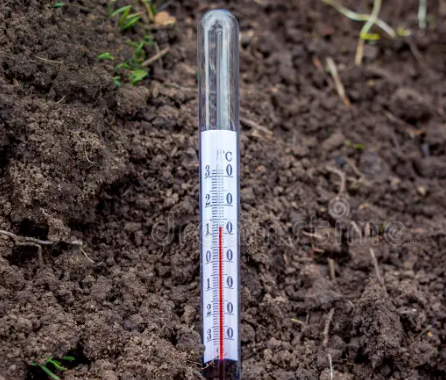
Determining the optimal time to begin planting in your garden is influenced by various factors, including your local climate, the specific vegetables you plan to grow, and whether you are starting with seeds or nursery plants. To achieve successful results, consider using a soil thermometer or referring to a planting calendar tailored to your region to guide you in timing your planting correctly.
Selecting Optimal Timing for Cool-Season Vegetables
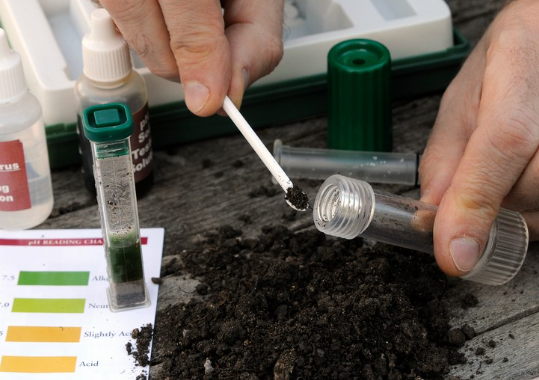
For optimal growth, plant cool-season vegetables in early spring once the soil has warmed to an appropriate temperature. It is important to avoid planting too close to the last frost, as this can impede the growth of even these hardy plants. When planting, be sure to consider the soil temperature and moisture levels, as planting in conditions unsuitable for germination can result in seed and seedling damage.
Optimal Timing for Planting Warm-Season Vegetables
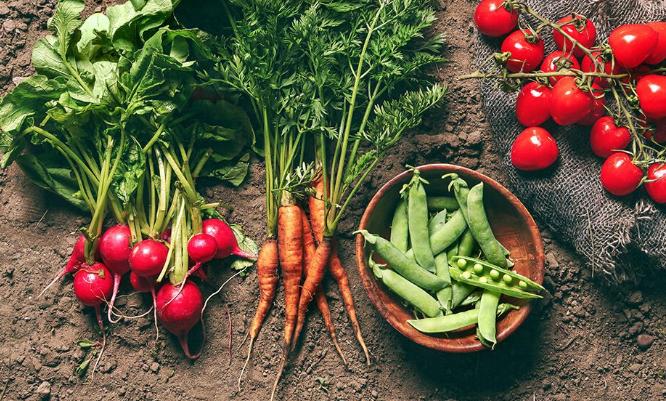
It is crucial to wait until the temperatures are consistently warm enough for warm-season vegetables to thrive, typically in late spring or early summer. Even transplants from nurseries or greenhouses will struggle in soils that are too cold, resulting in poor crop quality and yield.
Embrace the Experience and Your New Garden Lifestyle
Discover the endless possibilities of gardening, from implementing companion planting techniques to mastering successive sowing and constructing your own garden boxes. As a beginner in backyard gardening, simplicity is key - relax and savor the journey. Let the sheer delight of gardening guide your path, making winter feel shorter and fueling your enthusiasm for the coming spring.
For more lawn tips and tricks
click here or give us a call at 580-886-2345 for more information on what lawn equipment is best for your lawn!!
580.886.2345
MDenterprisesOK.com
For your best lawn, porch, patio, or acreage, we’re your people. Making your life easier with quality products and services at fair prices is our mission.
#LawnCare #LawnTips #FertilizerTips #Gardening #DIY #MDEnterprises #HealthyLawn #GreenThumb #GardeningLife
Other related Blogs from M&D:
https://www.mdenterprisesok.com/oklahoma-essential-lawn-care-tips
https://www.mdenterprisesok.com/repurpose-fall-leaves
https://www.mdenterprisesok.com/aerating-tips-and-tricks
Please give our social media a look for more entertaining and informative information:
https://linktr.ee/mdenterprisesok
Contact
Contact Us
We will get back to you as soon as possible.
Please try again later.
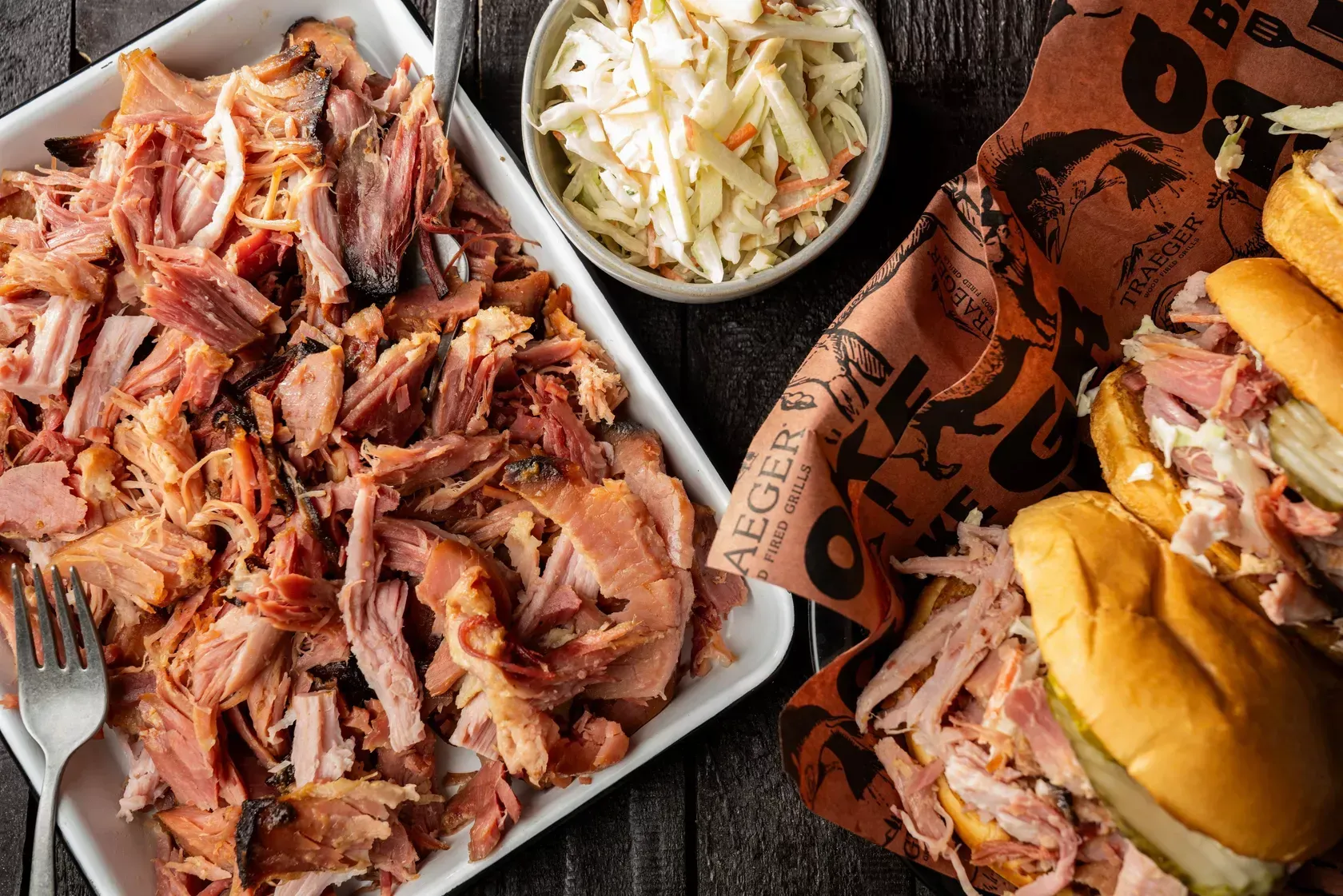

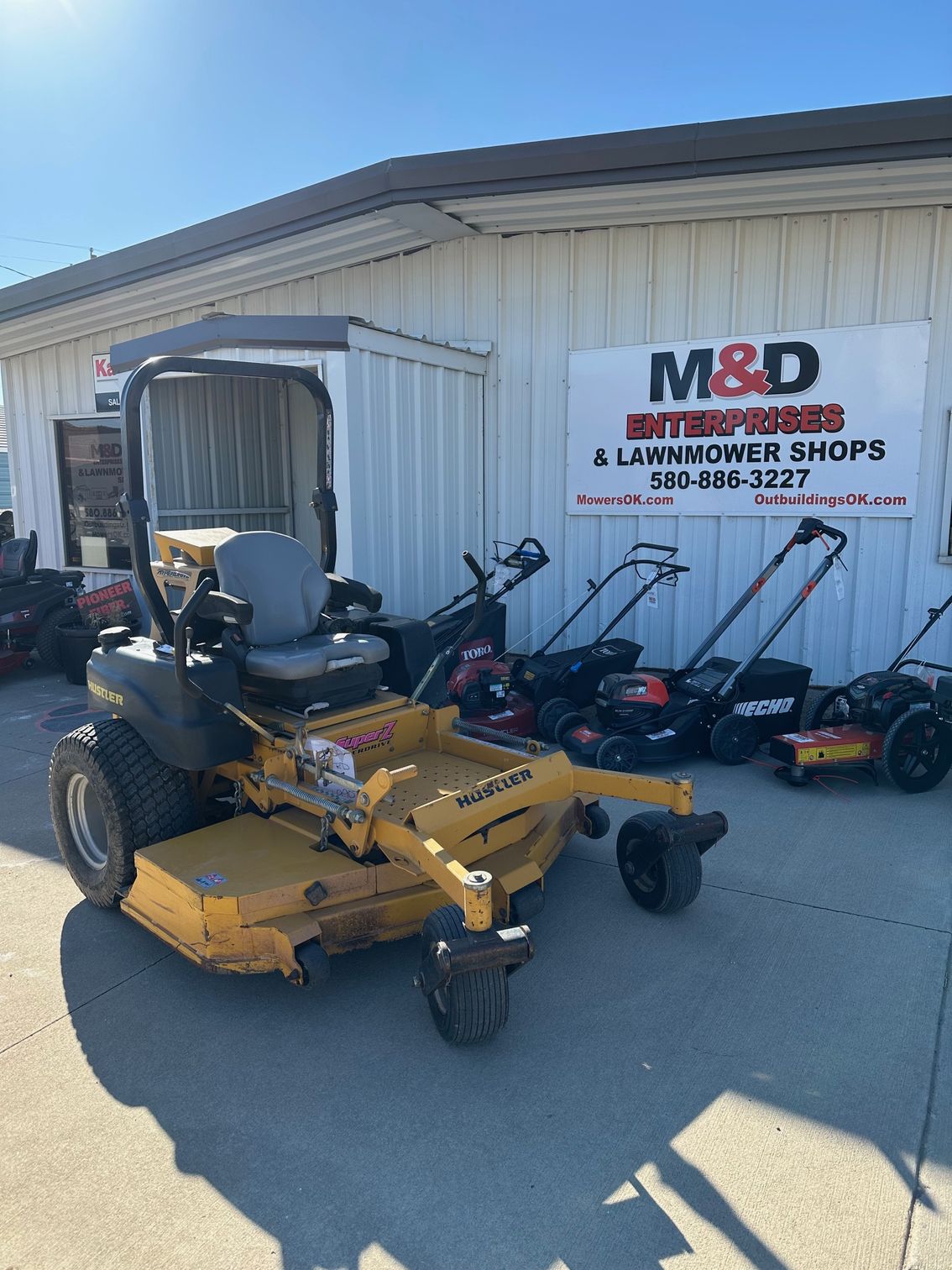


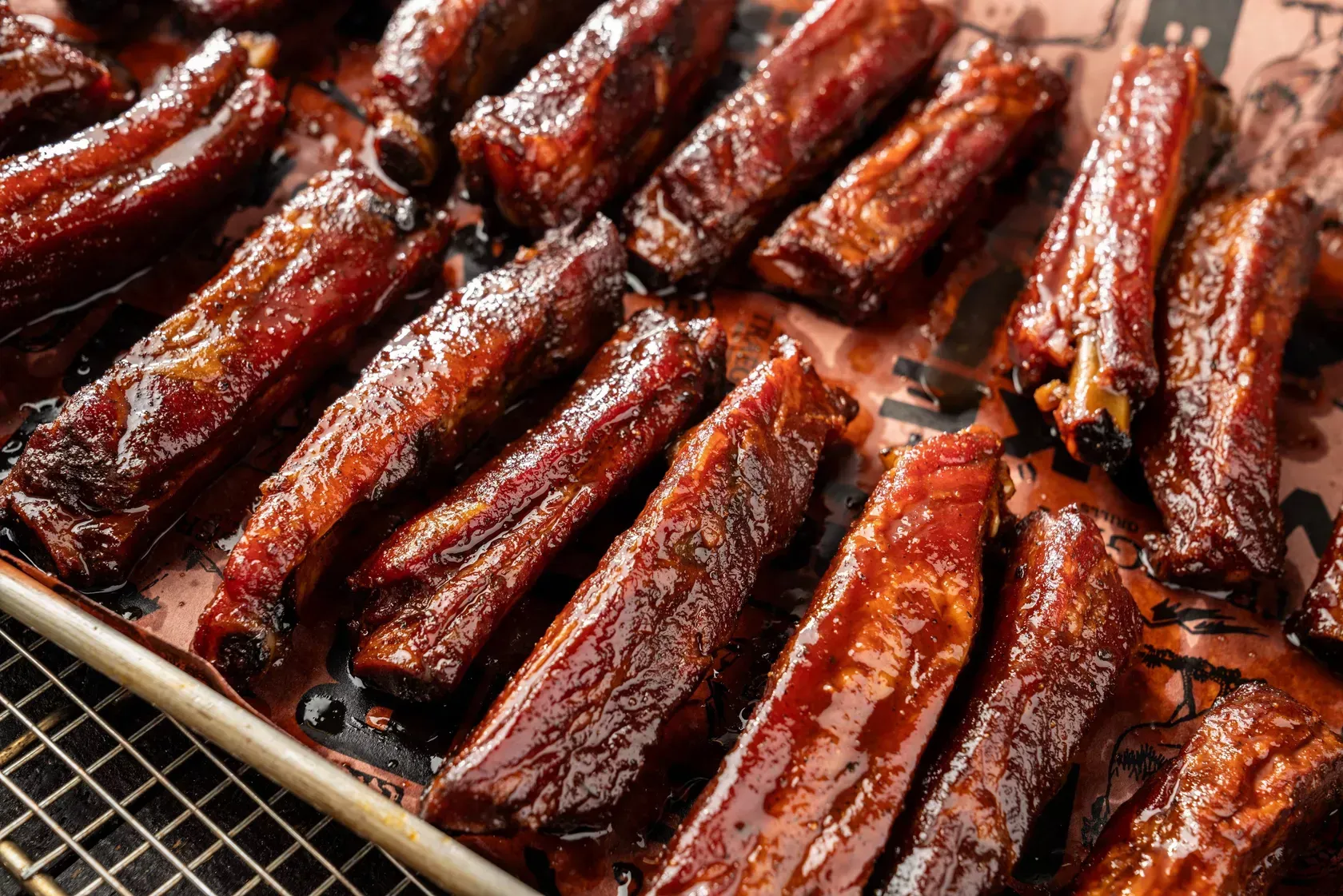
580-886-2345
info@mowersok.com
Woodward, Weatherford,
Fairview, and Canton
Oklahoma
All Rights Reserved | M&D Enterprises





